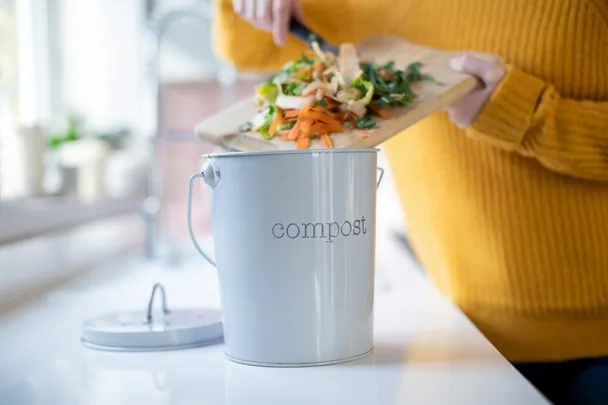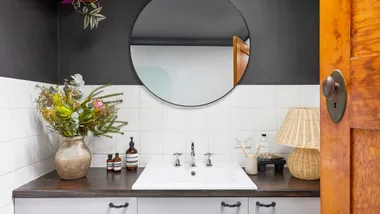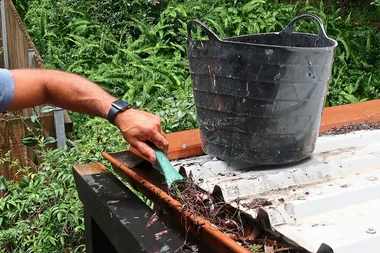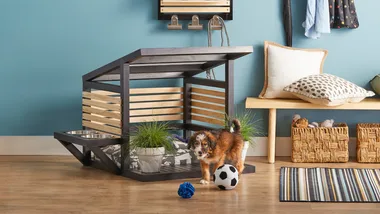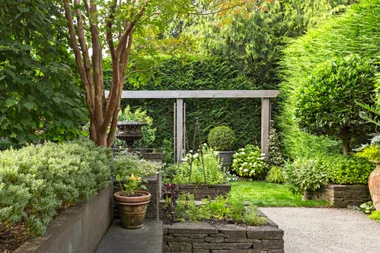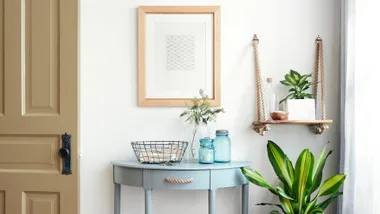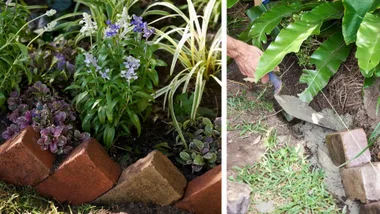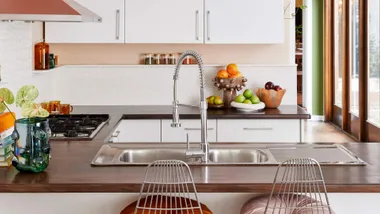Composting is nothing new but lately, it’s been making a comeback as part of the sustainability and zero-waste movement. Want to give it a go but not sure how to start? Here’s a step by step guide on how to make a compost bin at home. We’ll go into detail about exactly what you can and can’t put in your bin and give you tips and tricks to build a compost bin of your own.
Composting isn’t just a great way to save money on fertiliser for your garden but it will also help you make your difference in saving the planet. According to the Department of Environment, Water, Heritage and the Arts, organically-active material (i.e throwing your food scraps in with everything else in the bin) in landfills causes 3% of Australia’s total greenhouse gas emissions.
What to compost
Throw all of this in and you are good to go!
- All of your vegetable and fruit scraps
- Egg shells
- Tea leaves and coffee grounds
- Green grass clippings, weeds – without seeds
- Dried lawn clippings, dried leaves and old flowers
- Vacuum dust and dog hair
- Newspaper, cardboard and shredded paper
The perfect compo combo is 1/3 green stuff that makes nitrogen to 2/3 brown stuff that makes carbon. Think of it like you’re cooking a cake; you want a good batter than isn’t too soggy.
What NOT to compost
Steer clear of adding these to your bin:
- Meat, bones, dairy and fat
- Animal manures including pet poo – let’s keep it vegan
- Magazines and glossy paper
- Large branches and weeds with seeds are a no go!
- Plastic and glass
- Citrus peel
- Tea bags
Firstly, there are a couple of different types of bins you need to know about. For people in apartments and townhouses, an outdoor compost bin is virtually impossible. In this case, a Bokashi bin is the perfect solution as it is odour free and can fit under your kitchen sink or in the laundry. Here are three simple ways to make a DIY compost bin.
1. Creative composter
Compost bins come in many different styles, colours and designs but, at the end of the day, they all do the same thing. So why spend a fortune on fancy ones when you can make your own?
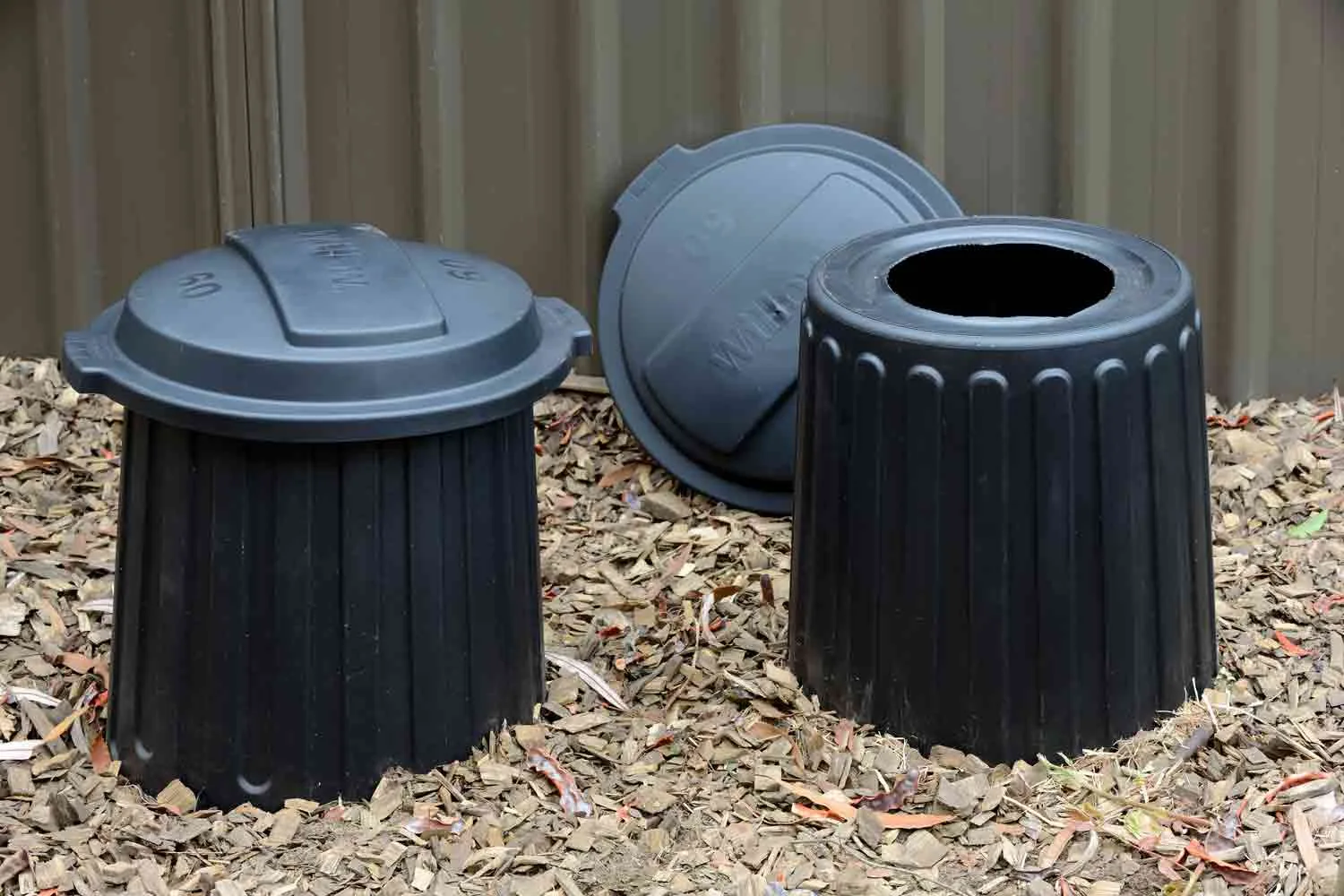
What you’ll need
- 1 60L plastic garbage bin with lid
- Utility knife
- Food scraps
- Compost
Method
Step 1 All you need is a standard 60L basic plastic garbage bin with a lid.
Step 2 Turn it upside down and, using a utility knife, cut a large, circular hole in the base.
Step 3 Dig a 150mmdeep hole, as wide as the bin, then place the bin upside down and backfill.
Step 4 Add kitchen scraps and garden waste until the container is full, then leave for about four months to mature.
Step 5 A lid over the hole will stop smells getting out.
Tip: You can set up a second bin next to it to fill while the first bin is maturing
2. Slatted pallet bin
Ideal for larger gardens and backyards this innovative composter looks rustic and is easy to build.
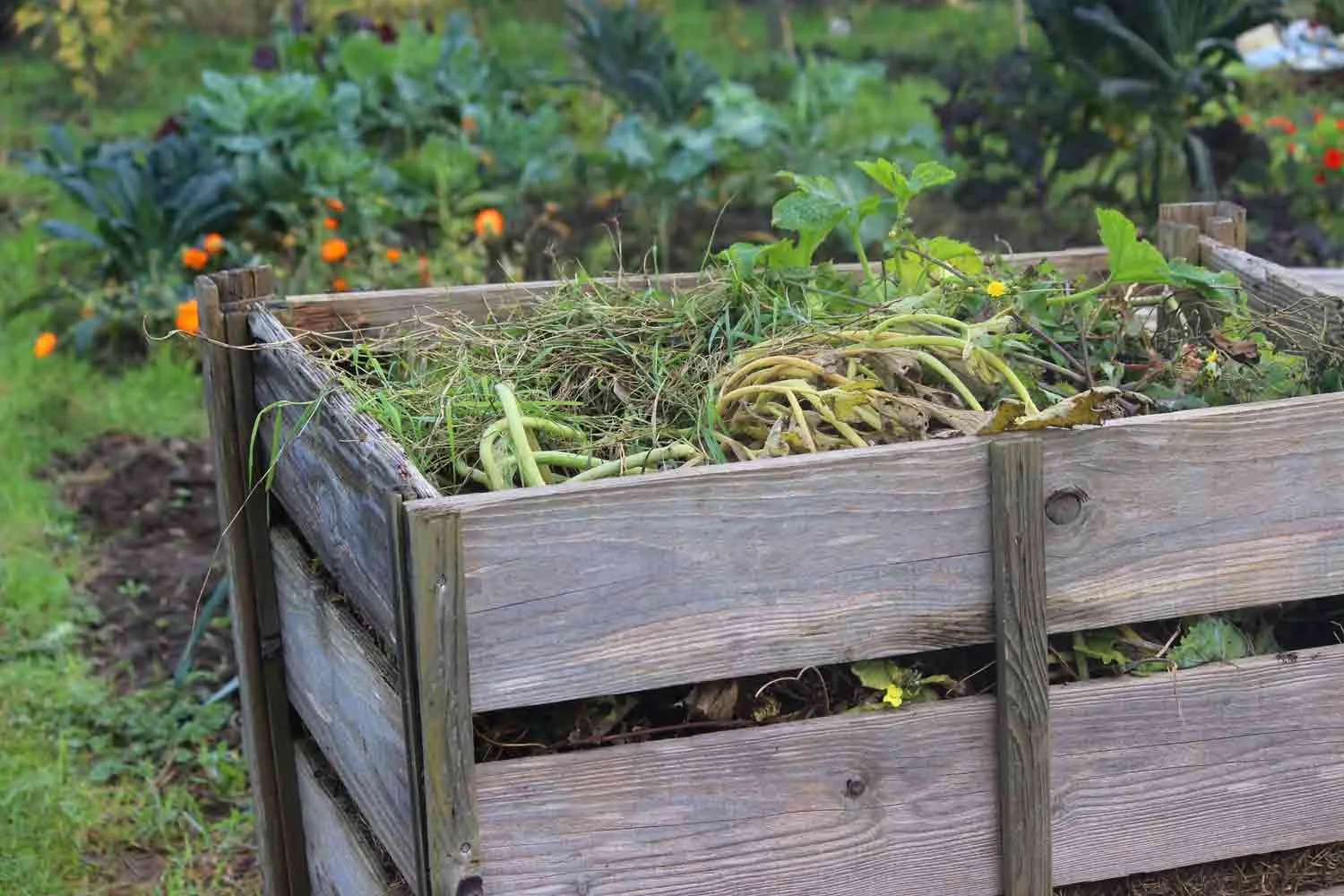
What you’ll need
- 5 timber pallets (look for ones with narrow spaces between the slats)
- Baling wire or nylon rope
- Wire cutters
- Optional: bricks
Method
Step 1 Choose a space with level ground for your pallet compost bin. To begin stand the pallets upright to form a box shape. You might need to use bricks to stop them from falling over.
Step 2 Lash the pallets together at the corners using wire or rope ties.
Step 3 Cover with an extra pallet and secure down with bricks or a tarpaulin to keep out birds and other animals.
Tip: Stir your compost occasionally to make sure the organic matter mixes with the leaves and soil.
WATCH: Charlie Albone build a compost system using recycled timber pallets:
3. Worm farm
Worms are a gardener’s best friend. Not ordinary garden worms, but special composting red worms that live in a worm farm and produce wonderful sources of nutrients for your garden. All you need to do is feed them your household scraps (even dog hair!) and they give you their castings and ‘worm juice’, which are both fabulous fertilisers. There are fancy worm farms you can buy, but you can easily make your own worm farm out of a couple of polystyrene boxes, then add store-bought worms.
What you’ll need
- Deep polystyrene boxes, one with a lid (2)
- 4 x bricks
- Organic worms starter pack
- Strip of flyscreen
- Small container
- Food scraps
- Compost
- Pen
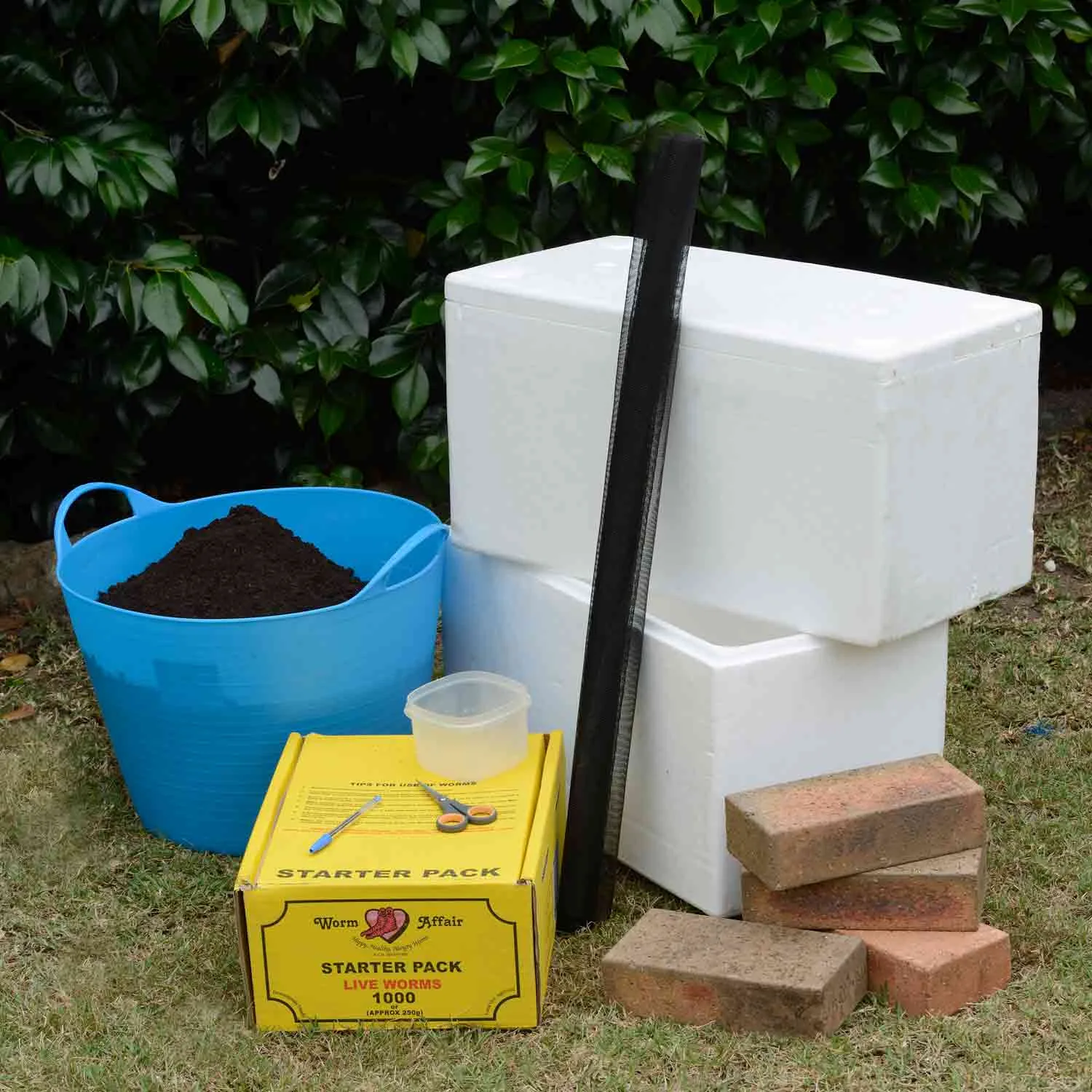
Method
Step 1 Choose a shady spot for your worm farm. On 1 box, cut a small hole in the base near 1 corner, then position box on top of stacked bricks. Place a container underneath hole and place strip of flyscreen in base of box.
Step 2 Use pen to poke several holes in base of other box. Place on top of first box
Step 3 Fill half of top box with compost and dampen. Add worms, spreading them evenly over moist compost.
Step 4 Add food scraps, placing them only on half of surface area. When worms have eaten this, place next load of scraps on other half. Worms will migrate each time, allowing you to remove their castings to add to your garden.
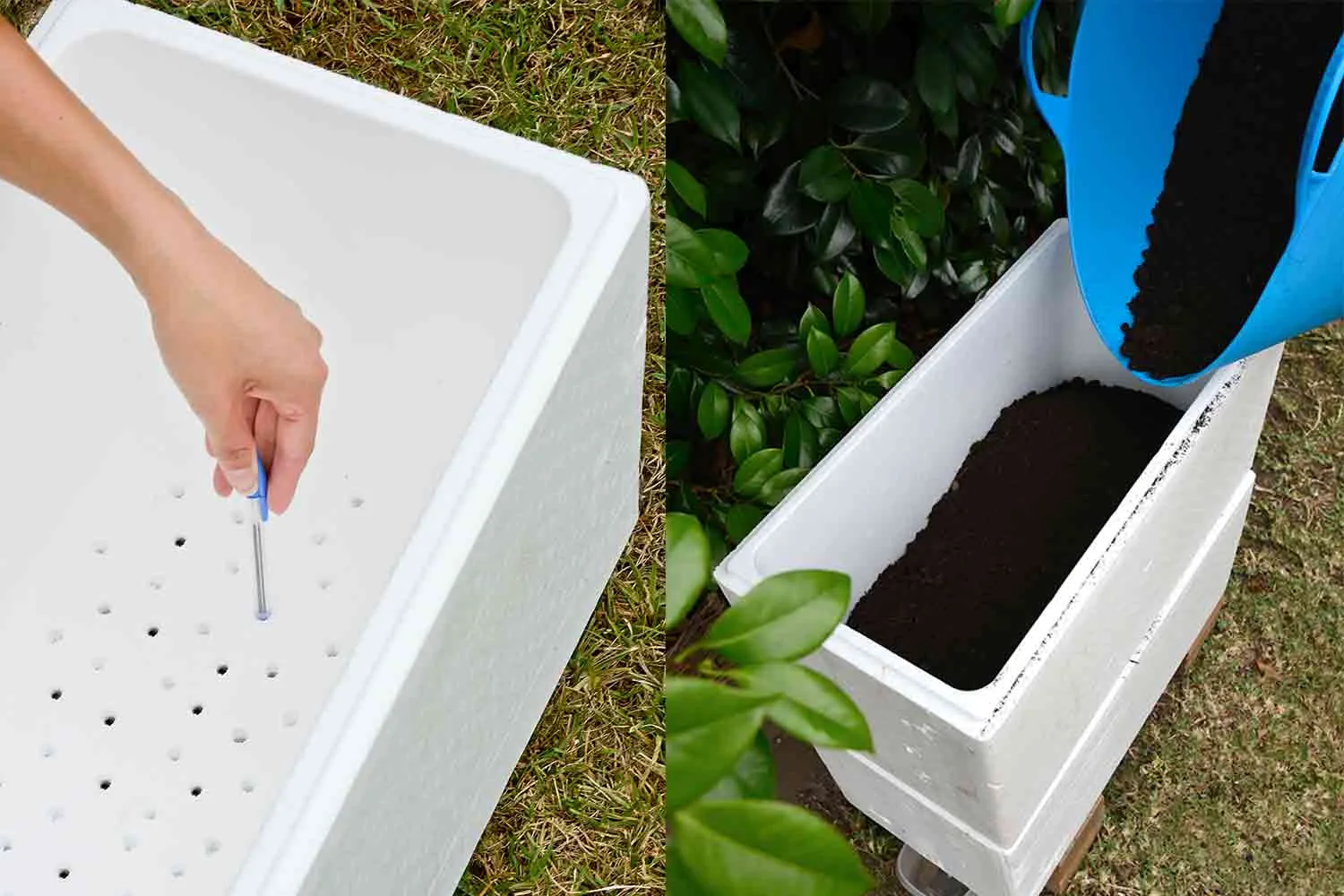
You might also like…
Five great reasons why you should start composting
